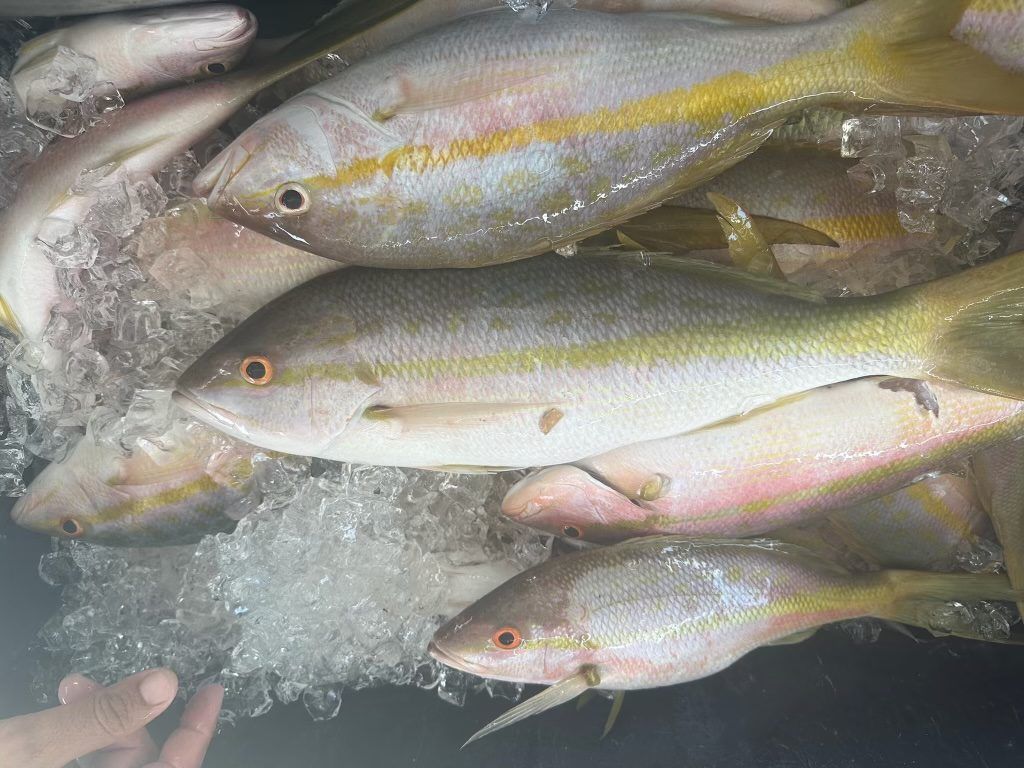Debby and Manatee and Sarasota water quality

Florida experiences sewage spills by local government facilities after every significant rain event, such as Tropical Storm Debby. Over six million gallons of untreated sewage were dumped as Debby passed by Southwest Florida, and 11.5 million gallons of partially treated water were discharged, according to WTSP.
Charlotte County luckily had no discharges.
This was a big rain event, but not unusual or unprecedented. An occasional spill is understandable but still harms our waters. These major dumps every time we endure big rain events must be stopped. Dumping raw sewage into our waterways is unacceptable, and someone must accept responsibility and accountability.
I understand the billions of dollars required to increase wastewater facility capacity and improve treatment to remove nitrogen and pharmaceuticals. It is scary. The reality is, if we don’t prevent the destruction of our living water’s quality we risk our water’s ability to thrive, support life and maybe even survive. Seriously, consider the damage to our water activities and property values without clean water.
We depend on fishing dollars. According to the Florida Fish and Wildlife Conservation Commission, fishing produced a $7.5 billion economic impact. Including wildlife viewing and hunting, it’s $10.1 billion. This gets my attention, and these are not today’s numbers – this was in 2006. Tourism also depends on clean water for recreation. Consider this: Tourists contribute about $333 million daily to our state’s economy. For every dollar spent by the 137.4 million Florida visitors in 2022, 97 cents were retained in our state’s economy. It is much cheaper to retain visitors than to attract new ones, especially if we turn them away with polluted waters. Can we really afford to risk this? It’s a reality that when folks are forced to find a new place to visit, they continue to stay there.
Manatees, dolphins and turtles all draw visitors. Seagrasses and all our fish depend on safe, clean waters! Can we afford to continue allowing governments to neglect their responsibilities to protect our safety, economy and health? When do we demand and receive accountability? We hear it’s too expensive, but we risk our future economy if we continue to pass the buck and allow our waters to be contaminated again and again!
Where are the agencies responsible for overseeing these repeat offenders? St. Petersburg and Sarasota were required to resolve these wastewater spills. Yet it happens every time we have significant rains. Manatee County appears to be the current biggest offender, the home of Piney Point waste ponds. This was inherited from phosphate mining, which made the mess, declared bankruptcy and left us to pick up the tab and suffer the damage. The contaminated water ended up being injecting into deep wells underground. That will become a new problem down the road.
I am aware of the positive economic impact of development. I just know it’s overdue to figure out how to find a balance that allows both to survive. Impact fees help mitigate the costs of new construction, but are dramatically short of covering the damage to our watersheds and water quality. Sewage treatment and drinking water needs are real and critical to our quality of life tomorrow. We can’t handle our current sewage yet are doubling the population in Charlotte County without adequately upgrading our treatment facilities.
A note regarding current water conditions: We had huge rainfall. It pours through our road drainage into the waters. Retention ponds can’t handle this large load, leading to overflows that dump concentrated nutrients. Look at the algae in the pond on Placida Road by Ken and Barb’s. Because our leaders have allowed massive new developments on land that used to absorb this water, we now have flooding in areas that never had problems before. Who is responsible? Developers or our system that allows it? Both.
As the lighter freshwater reaches the bay, it rides on top until boats or wave action mix it with saltwater. The lighter surface freshwater can be a foot or deeper.
As we motor through these conditions, we notice the dark waters part and expose greener saltwater in our wakes on incoming tides near passes.









